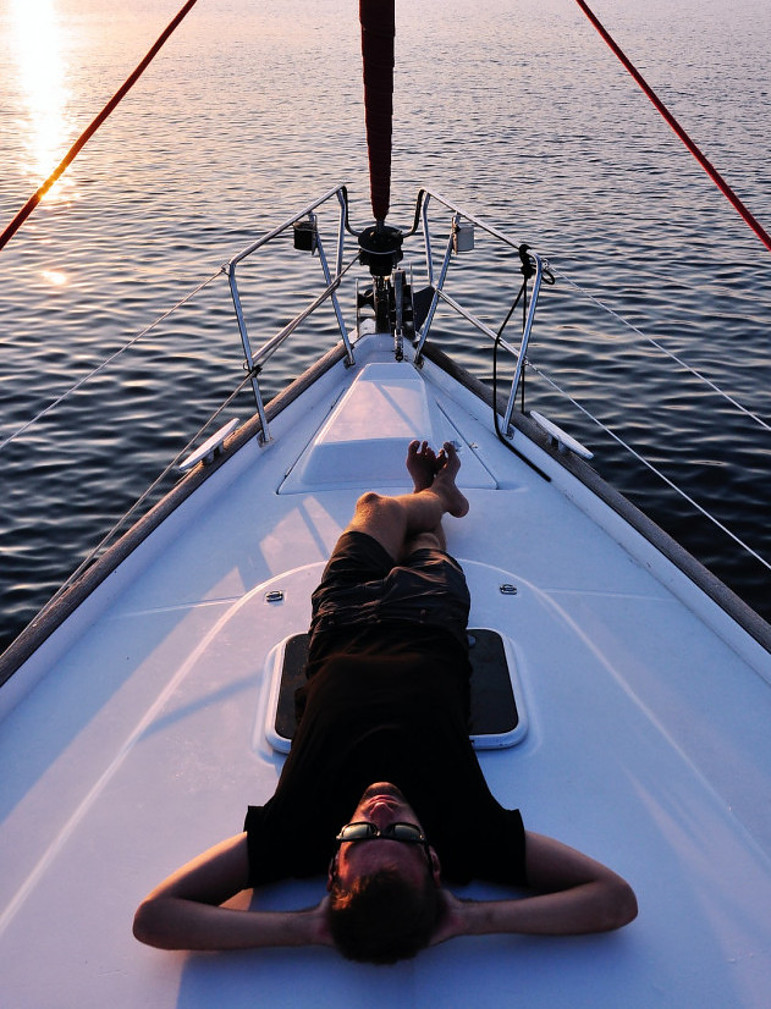
All hands to the deck and then some time to chill out once the job is done
If you want to get the wind under your sails what better way to do so than by going on a sailing holiday. The art of sailing has been in our DNA since 3500 BC when the first recorded Egyptian vase set sail.
Then Vikings Came
Then came the Vikings who sailed to North America 1,000 years ago, followed by other countries who colonized America, Australia and New Zealand in the 18th and 19th century.
Since then we’ve been dipping our toes everywhere from the ocean to the Mediterranean Sea. The way we dress ourselves on the boat has also changed.
Popular in the USA
In the United States, for example, 42,000 people participate in sailing annually – with an estimated $1.5million boats in the USA alone.
These days you’re attire will be determined by the type of boat or ship you are sailing. If it’s a dinghy the chances are that you will get more wet than if you head out in a 30 foot yacht.
Aye, Aye Captain!
You could be on a lake in calm waters and in warm weather, dressed for the part with a skipper’s cap, a nice t-shirt to get you noticed, pair of shorts, and a life-jacket that will keep you afloat, should you get knocked overboard.
But, be warned, even in hot weather, it can get windy, so keeping warm and dry might mean putting on extra layers.
- This post contains affiliate links that I earn a small commission from at no cost to you.
If you are a beginner and are starting out in a dinghy, then it’s advisable to get a wet-suit, which will keep you warm, even if you are wet. The good thing about them is you can also use them for swimming, surfing, snorkeling and scuba diving.
A welcome addition to the wet-suit could be a spray top or cagoule. It is often said that once the wind gets you cold and wet, your mood will change and affect your ability to sail – so beware.
Get Gloves to Protect Your Hands
If you are in a racing boat, sailing gloves will stop your hands from getting wet and cold. They will prevent friction burn if you are tugging on sheets and are in need a strong grip. If you are sailing in cold weather, a good pair of ankle high boots will keep you covered. Otherwise, in warmer weather, opt for a pair of neoprene shoes with a good grip to prevent you from slipping on deck.
Protect your head in hot sunny weather with a hat, a generous dose of sun-cream and a pair of polarized sunglasses to protect you from UV rays. Because the sun reflects off water you are more likely to get sun-burnt on your boat than if you were on dry land.
For cold weather, you’ll need to get your foulies out – that’s foul weather gear in sailor-speak. This would be layers of warm clothes, a woolly hat and dry-suit with seals around your ankles, wrist and neck. These can be worn over your warm clothes, so that if you fall in, you will still be kept dry.





